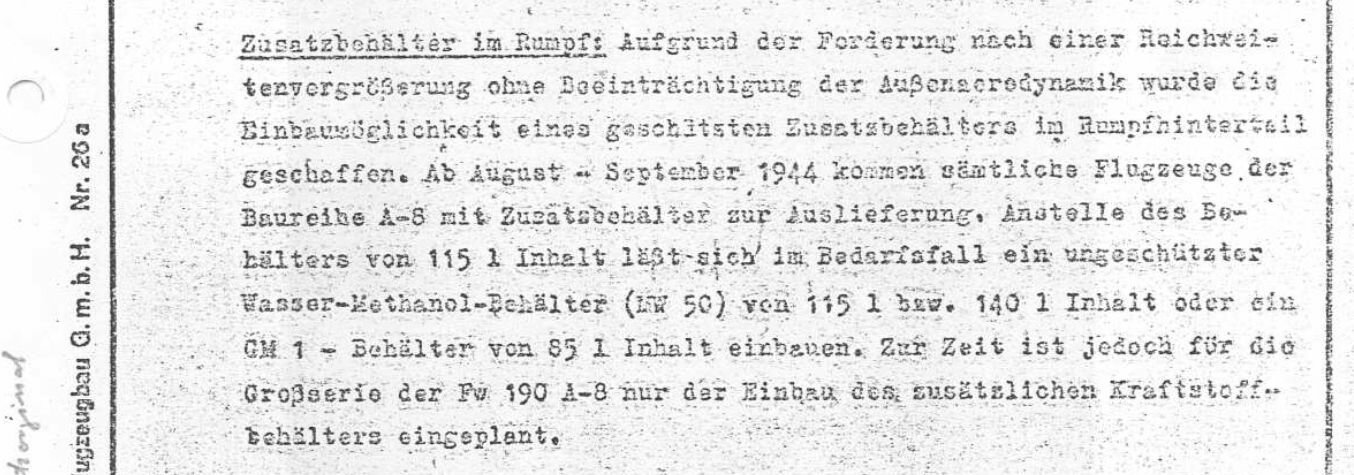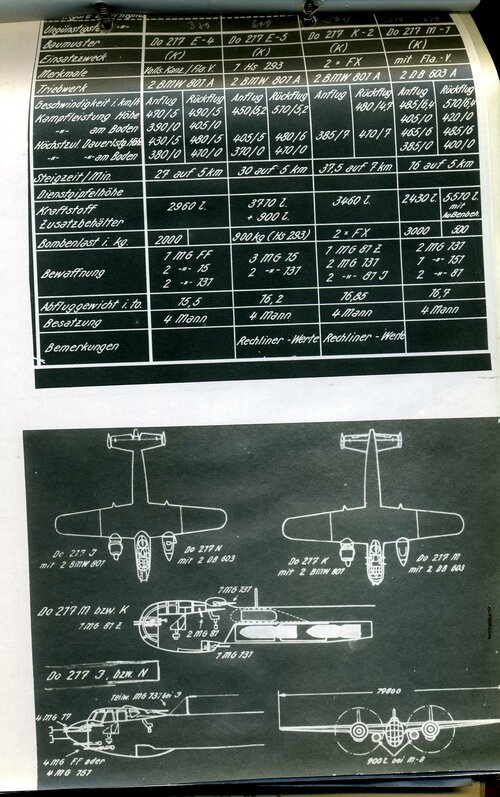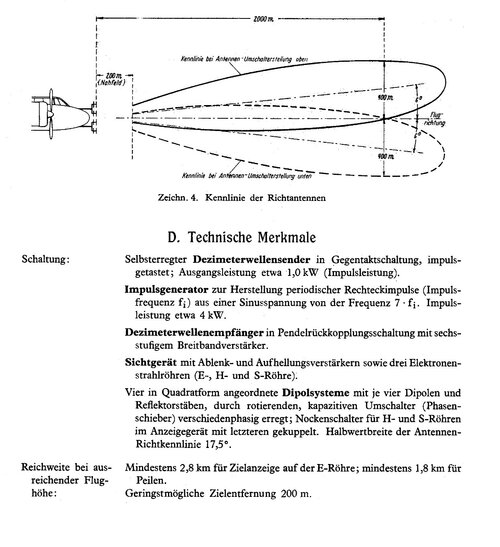Granted, the 2-seater Fw 190 was a with somewhat tight (not
to tight), so something of more generous proportions should be better wrt. capacity to hold all the electronics/fuel/weaponry.
Something along the lines of the Yokosuka Suisei (Judy) dive-bomber - it is already a 2-seater, it has a lot of space in the bomb bay, fuel is in the wings, it also carried two drop tanks. Visibility forward is excellent for an 1-engined combat aircraft.
The Nakajima Saiun (Myrt) was a 3-seat aircraft, so there is some room to play around if only 2 crew members are the whole crew. It's wing was probably the most advanced when introduced, with double slotted Fowler flaps and LE stats, all instrumental for improvement in low-speed handling. Visibility was good due to the pop-up windscreen and seat (
picture).
Yes, German takes on this topic will require a much more close co-operation between the Axis powers, the German 'versions' will feature protection, their engines and guns.
A long shot might've been a Me 262 powered by a BMW 801 in the nose, no jet engines, with gun pods, 600-70L of fuel instead of ~2500L.



